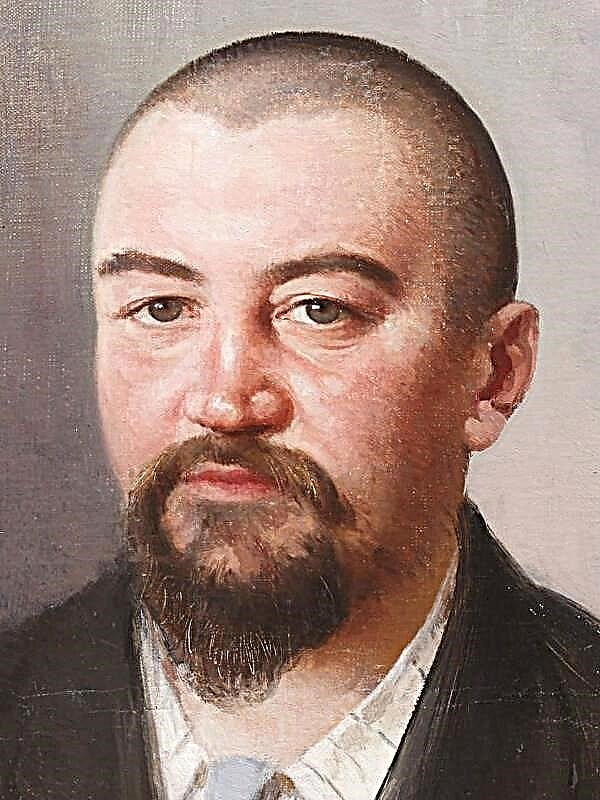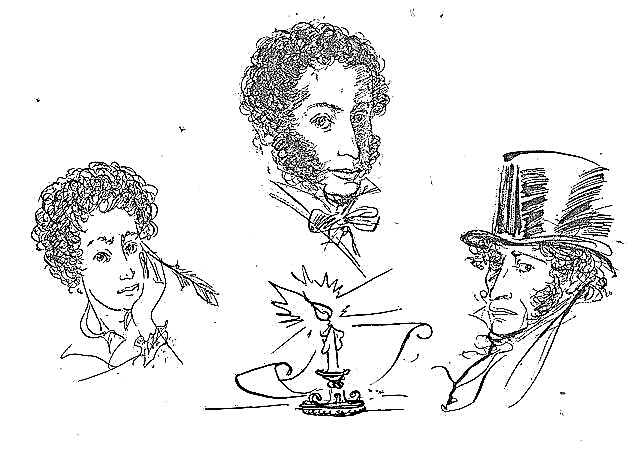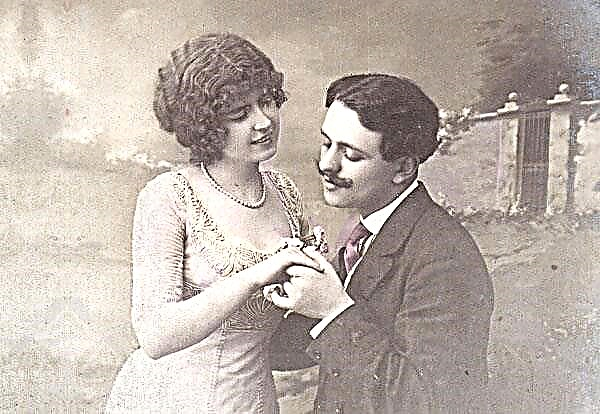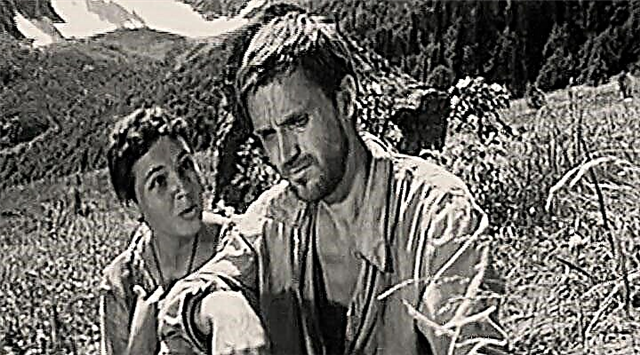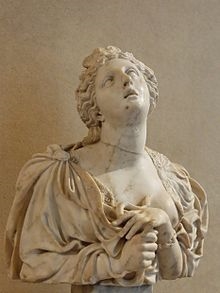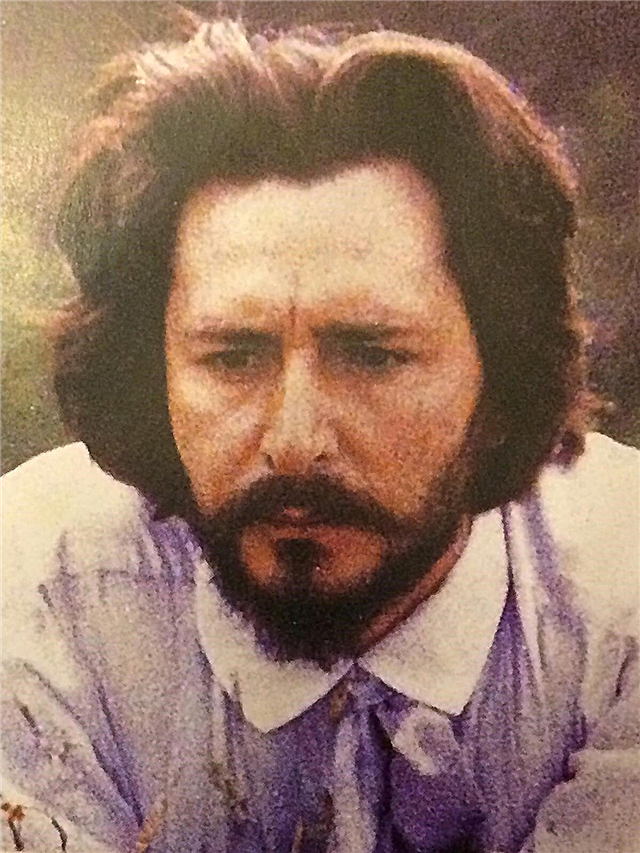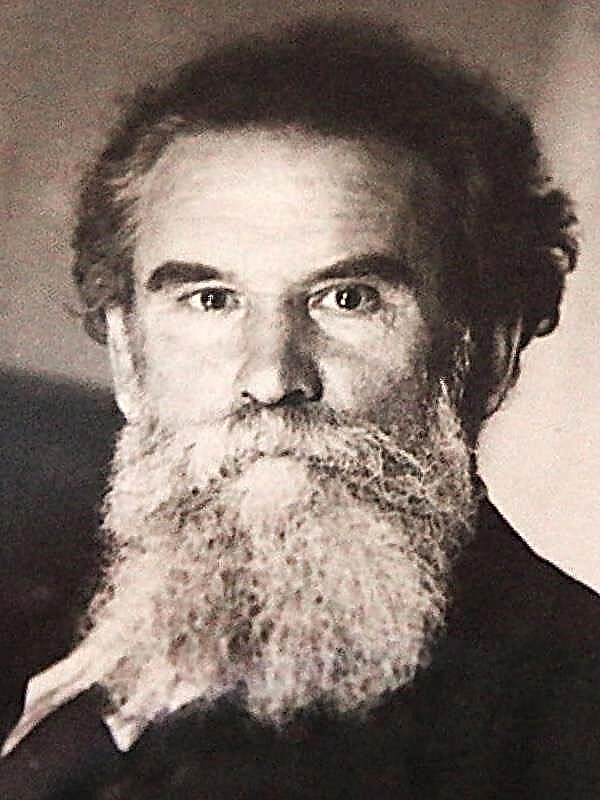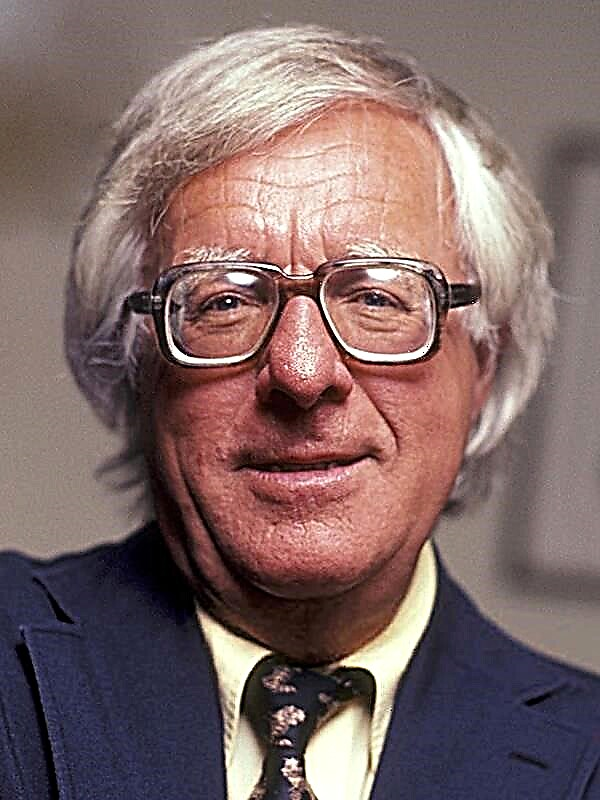: Two Soviet scientists make a great discovery - they find in the mountains of Central Asia the skull of an alien who arrived on earth seventy million years ago.
Chapter I. At the threshold of discovery
Alexey Petrovich Shatrov, a paleontologist professor, a short, dry and agile person, has always been a “cabinet” scientist, almost a recluse. He changed his lifestyle, receiving a mysterious package from the young Chinese scientist Tao Li.
First, Shatrov went in search of the notebook of his former student Victor. After briefly studying with a professor, Victor switched to the astronomical department and developed an “original theory of the motion of the solar system in space”. At the beginning of the war, he went to the front and died in a large tank battle. In his last letter to the professor, Victor said that he had finished the work and wrote it down in a notebook. He did not have time to send Shatrov his calculations.
Shatrov spotted Major - Commander Victor. Together they found the tank in which he died. There, in a tablet, under a spoiled mold card, there was a hardcover notebook.
After spending several days over Victor’s astronomical calculations, the professor felt that he lacked knowledge - many years of fatigue, a monotonous lifestyle, and too narrow a focus of research affected.
Thought no longer took off, far stretching its mighty wings. Like a horse under a heavy load, she stepped confidently, slowly and dullly.
To “break this prisoner of routine,” Shatrov went to the observatory, recently restored after the war. He examined the parts of the sky mentioned in Victor’s manuscript - part of the Milky Way and the center of the galaxy, covered by a huge black clot of matter. Shatrova was struck by distances of millions of light-years that separate our galaxy from its neighbors.
Experiences experienced by the professor "again awakened the frozen strength of his creative thinking." He decided to act without fear of anything new, and to explore the discovery of Tao Li.
Meanwhile, Shatrov’s long-time friend, professor of paleontology Ilya Andreyevich Davydov, a powerful man of enormous growth, a big fan of traveling, was on the Soviet ship “Vitim” off the coast of Hawaii. He was returning from San Francisco, where the congress of geologists and paleontologists was held.
It was early morning. The Vitim was about to sail when the radio received a message about a huge tsunami approaching Hawaii. The captain decided to take the ship to the open ocean so that it would not be broken on the shore.
Vitim escaped with minor damage, but three huge waves completely destroyed the elegant coastal town. Until late at night, Davydov and the Soviet sailors helped the locals. When the ship finally sailed from the shore, the professor gave the crew a short lecture on the occurrence of the tsunami.
Science already knows that giant waves arise from underwater earthquakes - the consequences of the eruption of underwater volcanoes, after which new islands appear. But why do these earthquakes begin? Professor Davydov believed that the substance inside the planet is usually "in a calm, balanced state." Unstable chemical elements that produce a lot of energy, such as uranium, make him move. This means that all volcanic eruptions occur where these elements are most.
Reflecting on his theory, Davydov hoped that someday people would be able to “master the foci of atomic reactions” in order to control the process of mountain building. Then tragedies like the current one will stop happening.
Then Davydov “remembered the giant accumulations of bones of extinct dinosaurs” that are found in Central Asia, that is, in mountain-building regions. Perhaps they were killed by the radiation of the same substances that long ago "woke up" the volcanoes in those places.
Chapter II Star aliens
Shatrov decided to show the package from Tao Li to his friend Davydov. There were several fossil bones and a dinosaur skull in the box, in which there were small oval holes of artificial origin. This meant that someone was hunting these dinosaurs with weapons unknown to modern science, and this happened seventy million years ago when a person was not yet. Therefore, the Earth was visited by aliens.
This was also confirmed by Victor's theory, according to which our solar system moves inside the galaxy and periodically draws closer to neighboring stars and planets orbiting around them. Such a rapprochement occurred seventy million years ago, and sentient beings "crossed from their system to ours, like from ship to ship in the ocean."
One incredible, coupled with another, turns into real.
Shatrov believed that it was too early to publicize this incredible discovery - there was too little evidence. We must go to the eastern spurs of the Himalayas, where Tao Li found fossil bones, and look for the remains of star guests. The professor hoped that the authority of Davydov would help them begin excavations.
Unfortunately, the place at the junction of Tibet, India, Siam and Burma, where the "cemetery of dinosaurs" was located, was controlled by the Americans and the British, and Soviet scientists were not allowed to enter there. Davydov decided that there are places with deep valleys not only in the Himalayas, but also in Soviet Central Asia. You can also look for traces of aliens there, but first you need to find out what exactly to look for.
Scientists decided to share the task. With the help of biological analysis, the tents had to find out what the aliens looked like and what they were looking for on Earth. Davydov, however, took upon himself "the direction and development of searches."
Soon, Davydov realized that “searching for stellar aliens in the Central Asian mountain basins” needed hundreds of excavators and thousands of workers, but not a single country in the world, even the richest, would pay for such a grandiose excavation. The frustrated professor was already ready to abandon the search when he received a letter from the famous geologist Koltsov, who reported that the construction of a whole network of large canals and power plants began in the Tien Shan mountain basins. Two of these buildings will reveal large accumulations of fossil bones, so paleontologists will constantly monitor them.
This was a chance, and Davydov went to Central Asia. Several huge “dinosaur cemeteries” had already been excavated there, but no traces of aliens were found. During a conversation with graduate student paleontologists observing the excavations about what is more important now - nuclear physics or paleontology - the professor came up with an interesting idea: "dinosaur cemeteries" were formed where there was a lot of uranium. It was his radiation that killed huge dinosaurs. Perhaps traces of aliens were not found in such a place by chance - they could look for uranium in order to use it as fuel.
At this point, Davydov was informed that at another construction site, a researcher Starozhilov found dinosaur skeletons with strange injuries. The professor immediately went there.
Chapter III. Eyes of the mind
Starozhilov really found a dinosaur skull with a narrow oval hole. Next to him were found a bunch of skeletons of predatory and herbivorous dinosaurs. Starozhilov did not dare to dig out this pile without Davydov.
The workers were so "interested in the finds of horned" crocodiles "" that they decided to help dig this place.
Labor itself in all its greatness went to the aid of science, disinterestedly and mightily.
On Sunday, nine hundred people went to the excavations, and the construction administration allocated heavy equipment - “fourteen excavators, conveyors, trucks”.
People dug up a huge excavation in the ground, and there, under the huge skull of a predatory lizard, something similar to the shell of a fossil tortoise was discovered. Davydov removed the object from the ground and realized that it was not a turtle, but a skull of an unknown creature. The professor ordered to sift the earth around the skull in the hope of finding a skeleton.
A few days later, Shatrov hastily arrived from Leningrad to Moscow to Davydov. Before looking at the skull, he wanted to tell his friend his guesses about how an alien should look. According to the professor, reason could only be born on a planet with earthly characteristics, therefore, only a humanoid and human-like creature could become rational, since the human body is the best receptacle for the mind.
Shatrov’s analysis turned out to be correct. Davydov showed him a dark purple skull, whose smooth bone shone with mother of pearl. A wide and steep forehead was slightly larger than a human one, but differed little from it. Instead of a nose on the skull there was a triangular fossa, and instead of the jaws - something resembling a beak of a turtle. Judging by the structure of the skull, the aliens did not have hair and ears, and its bones consisted of silicon.
Davydov did not find the rest of the skeleton - apparently, the alien died, and small predators stole his bones. But the professor found two metal fragments in the form of a truncated seven-sided prism "and a round disk about twelve centimeters in diameter." The wreckage was made of rare earth hafnium, and both sides of the tantalum disk were covered with an unknown transparent substance, the top layer of which over the past millions of years has become dull. Along the edge of the disk, "stars with a different number of rays" were knocked out.
Davydov invited Shatrov to describe the skull and publish a description under his name. Davydov himself left a description of the excavations and conclusions about the alien who perished in the death. He was going to continue studying the “role of atomic reactions in geological processes,” and this extraordinary discovery expanded the boundaries of the professor’s mind and added courage to him.
While Davydov was pondering what gender the alien was and how the society in which he lived was arranged, Shatrov looked at the disk and suddenly saw a blurry image under the transparent substance. The professor polished the disc, removing a layer damaged by sand and time. The substance became completely transparent, and friends saw a clear, voluminous and enlarged portrait of an alien with huge, bulging eyes.
In these eyes was the light of the immense courage of the mind, conscious of the merciless laws of the universe, forever beating in torment and the joy of knowledge.
The alien's gaze, pierced by "the mind and intense will", showed that the star guest was similar to people and close in spirit. For Davydov, this was the key to the fact that the inhabitants of two "star ships" - planets, once they meet, will understand each other.
But before this meeting, people must “unite the peoples of their own planet into one fraternal family”, eradicate poverty, inequality and racial prejudice. Without this, humanity will not be able to conquer interstellar spaces and meet brothers in mind.

